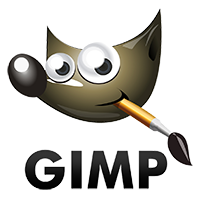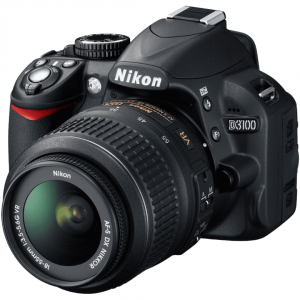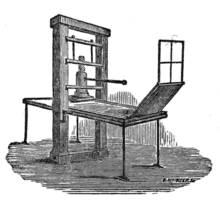Photo Editing With GIMP
TEC-997 – Three 900-Level Semester Units
Imagine a web page, textbook or presentation without images. Digital imagery surrounds our modern lives; from the phones we carry or the almost infinite number of images available online, digital images help us to communicate, instruct and amplify what words alone cannot achieve. In this course, students will learn to take any existing image and modify/improve it to help facilitate their instruction and how sharing these skills can help students to do the same.
During this class, we will focus on achieving our goals with the software package GIMP (The GNU Image Manipulation Program). GIMP is an open-source (free, and always will be) program that runs on Windows, Mac, and Linux computers and accomplishes most of what can be done with Photoshop, and in some ways more! Even if your school district provides Photoshop at school, you and your students may not have a copy at home due primarily to its high cost.
Chromebooks now number about half of the available computers for students in the American classroom, so this class will provide additional support and instruction on how many of the same skills and educational approaches can be completed using the Chromebook version of GIMP and Autodesk’s Pixlr.
Students will explore both the technical aspects of image manipulation, as well as the educational values and applications in the classroom. They will become familiar with digital imaging skills by watching video screencast demonstrations created by the instructor and completing structured assignments as well as open-ended assignments and projects. The recommended textbook will be a valuable tool for work during the course and a fantastic resource to help students advance their skills long after this course is completed.
Some of the topics that will be covered in this class are:
- Digital imaging basics such as size, resolution, file type and properties.
- Acquiring digital images from multiple sources, including scanning.
- Modifying images for improvement.
- Combining multiple images when creating montages and collages.
- Working with text in digital images.
- Creating web-ready graphics.
Students will also have the option to adapt many of the assignments for use in their own classroom. Forum discussions throughout the course will allow the students to share creative and effective classroom uses of digital imaging.
- Three graduate-level semester credits from Fresno Pacific University.
- 100% online.
- Uses completely free, powerful, open-source software.
- The textbook is optional, everything else is provided.
- Neither previous academic coursework nor work experience is required.
Save Up To $45!
Use this code to save $15 per course: Eric45
Informational Video
Sample Screencast From The Course
[mc4wp_form id=”316″]

 Students love to draw and create (teachers too!). With a computer, some powerful, easy-to-learn modeling tools, and libraries of 3D objects, students will have the means to construct three-dimensional projects. This course will introduce you to SketchUp, a free program that is powerful enough for commercial applications such as Architecture and Engineering, yet simple enough that a 3rd grader can learn to use it. This course will help you master the basics of SketchUp and explore ways to incorporate it into your instruction, ranging from Social Studies to STEM.
Students love to draw and create (teachers too!). With a computer, some powerful, easy-to-learn modeling tools, and libraries of 3D objects, students will have the means to construct three-dimensional projects. This course will introduce you to SketchUp, a free program that is powerful enough for commercial applications such as Architecture and Engineering, yet simple enough that a 3rd grader can learn to use it. This course will help you master the basics of SketchUp and explore ways to incorporate it into your instruction, ranging from Social Studies to STEM. This course takes students to the next level in their digital photography. It’s difficult to purchase a digital camera nowadays that does not have the capacity to take incredible images. However, most users have their cameras set to “Auto” and ask why they can’t take better photos! This course takes students to the next level of digital photography.
This course takes students to the next level in their digital photography. It’s difficult to purchase a digital camera nowadays that does not have the capacity to take incredible images. However, most users have their cameras set to “Auto” and ask why they can’t take better photos! This course takes students to the next level of digital photography.
 In my photography class for teachers, I have a unit on HDR photography. If you are not familiar with HDR, this is the process where you take several pictures of the same scene at different exposures so you can capture every element at its proper setting. Your brain converts all of what your eye sees, but a camera can only capture one level of exposure settings at a time.
In my photography class for teachers, I have a unit on HDR photography. If you are not familiar with HDR, this is the process where you take several pictures of the same scene at different exposures so you can capture every element at its proper setting. Your brain converts all of what your eye sees, but a camera can only capture one level of exposure settings at a time. 